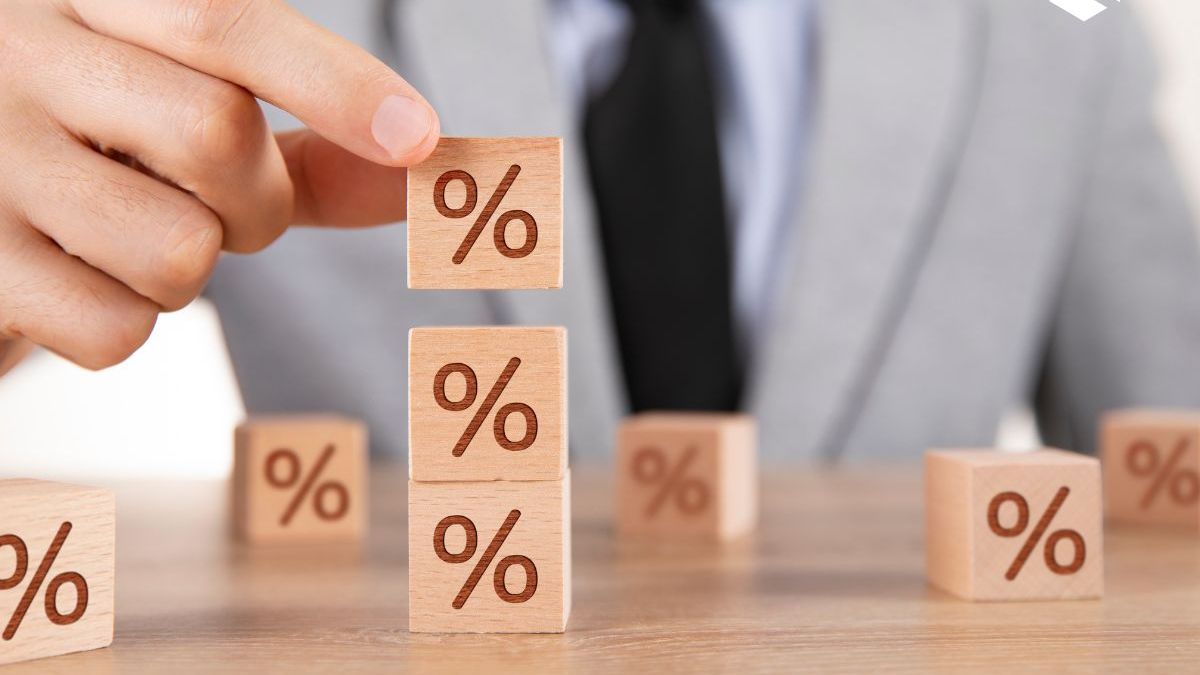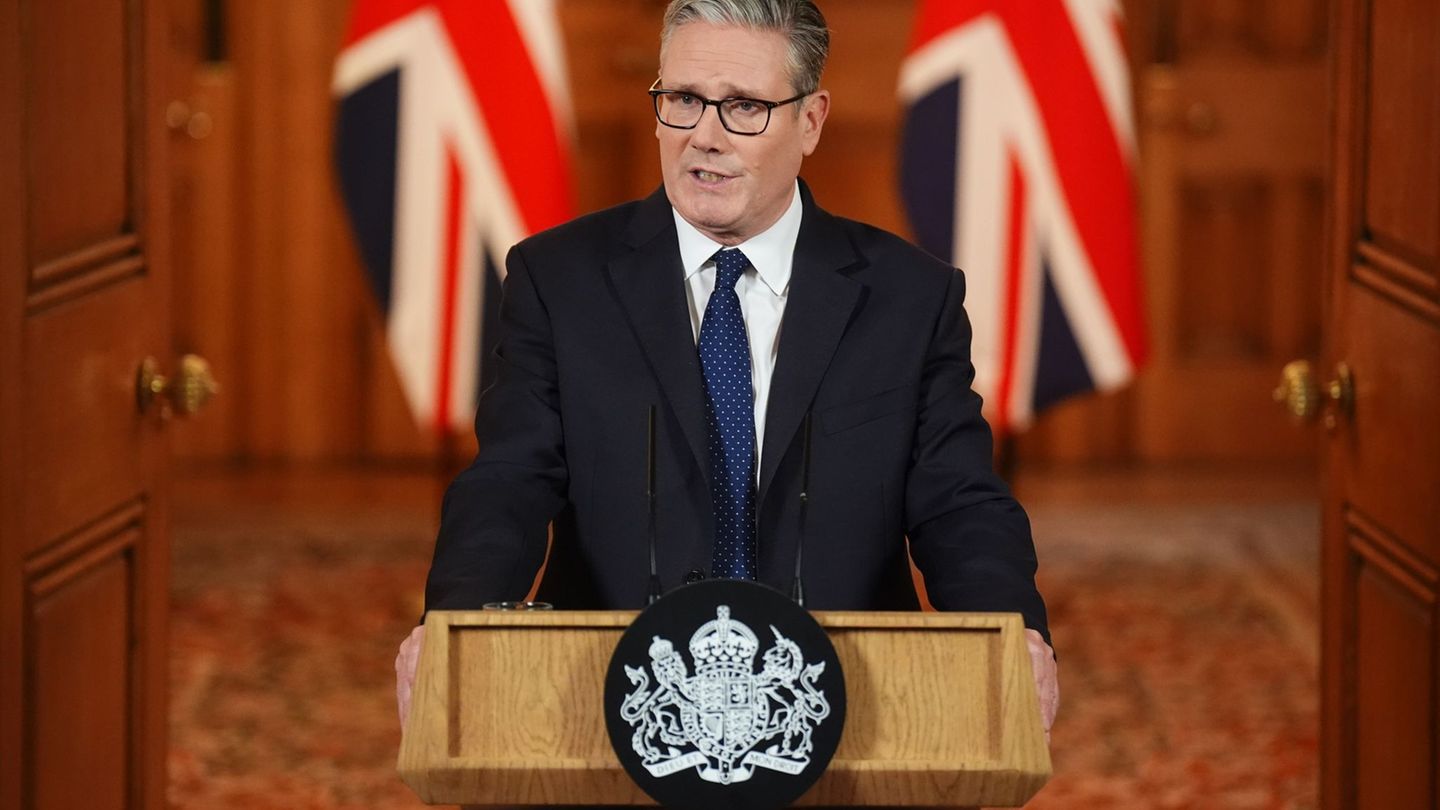The inflationaccording to private analysts who participate in the Survey of Market Expectations (REM) that released the Central Bank (BCRA), was 7% in March, above the 6.6% registered in February. Official data will be released next Friday, since that day the National Institute of Statistics and Censuses (INDEC) will publish the Consumer Price Index (CPI) and, if the private estimates are confirmed, the fixed term rate traditional would lose a lot of ground in front of that data, for what could arrange changes in that sense.
As is known, the economist christian buteler explain to Ambit that he BCRA does not usually move based on the forecasts of private consultants, so we will have to wait for the official inflation data for April to see if it modifies the rate”.
Let us remember that on March 16, the BCRA raised the Fixed term rates and 28-day Leliqs in 3 percentage points, because it took it to 78% (the Annual Nominal Rate, TNA) which is equivalent to an Annual Effective Rate (TEA) of 113.2% at a monthly yield of 6.41%. The measure was implemented after the CPI data for February was known, which was 6.6%, and the decision arose in response to the fact that, in February, actual performance ex post (relative to prior inflation) of the monetary policy rate it turned negative in the short term (-0.3% of TEM).
Fixed term rate: inflation, key element
The Econviews Economist Alejandro Giacoia indicates that, apparently, the March inflation data is going to be bad. “In CABA it gave 7.1% and, at the national level, we expect it to be a similar number.” Thus, as pointed out by the economist Pablo Ferrari to Scope“if the CPI corresponding to March 2023 is around 7% and the effective monthly rate (TEM) of the fixed term is 6.41%the instrument does not protect against inflation”.
For this reason, taking into account that, no significant reduction in the monthly price increase is foreseen for now (in fact, the REM anticipates that the data for April would be 6.3%) Buteler expects that he will have to raise the fixed term rate a few points.
In the same sense, Andres Reschinianalyst of F2 Financial Solutionsis of the opinion that, “if we have a CPI of around 7% in March, as measured by private companies and the City of Buenos Aires (CABA) in the IPCBA, we are going to see some ‘hike’ of the rate to avoid generating an escalation in alternative exchange rates.
And it is that, as Ferrari puts it, “in inflationary processes of this magnitude, first one takes into account the short term because, in a short period of time, the losses can be large”. Explain that this occurs in the different segments of ratesbut it is always important to have a reference of the instrument most used by small savers: the traditional fixed term.
The IMF requirement and the Treasury rate
On the other hand, Ferrari mentions that the International Monetary Fund (IMF) After reviewing the goals for the last four months of 2022, he insisted that he wants a positive real rate, with which nominal returns should be higher than inflation.
What, Juan Pablo AlbornozInvecq economist adds that “the Treasury continued to raise rates in the tenders primaries (placed LEDES – non-indexed discount bills – at an average TEA of 124% in March).
What does this have to do with the fixed term rate? It happens that the current scheme with which the BCRA defines the monetary politicsthe treasury yields validated in primary tenders make a ceiling for the rate broker, for which reason he considers that, “the fact that the Treasury has raised the rate gives the Central a margin to raise the rate of the Leliq and that of the fixed terms and passes ”.
CENTRAL BANK BCRA 1.jpg
Thus, analysts agree that, faced with inflation that accelerated in March and an inflationary outlook that is much more deteriorated than some time ago, the Central Bank will very possibly decide to raise rates again.
How much could the rate of the fixed term go up
However, everything will depend on whether the BCRA considers that it is a temporary increase or not, given that, if one takes into account the projection for April of 6.3%, the fixed term rate at 6.41% per month would be positive again. And, on the other hand, it will be necessary to analyze what happened in March with core inflation, according to a voice from the City. And it is that, in previous months, the BCRA decided not to raise the rate because it considered that this index did not warrant it, despite the high general inflation.
On the other hand, the great unknown among analysts is whether the forecast that it will change it is finally confirmed, in How much will the fixed term rate go up? the central. Reschini calculates that if they want to match 7% monthly inflation, the rate should be brought to 85%, but admits that he does not expect the BCRA to be encouraged to make such a sharp adjustment (it should be 700 basis points). And he hopes, in this sense, that “they will surely touch it up less, alluding to better expectations going forward, possibly.”
Giacoia, for his part, anticipates that the rise “it can be two or three percentage points” and considers that this adjustment is not going to have a major impact on how the price rise continues, but that “what the Central is looking for is to try to keep the free quotes of the dollar at bay”.
“I am not sure that the effective monthly rate (TEM), in the case of the traditional fixed term, will exceed the CPI for March even with an increase”, admits Ferrari. And he recalls in this regard that in February it was 6.6% and the TEM of the traditional fixed term was 6.41% (it did not exceed the price index).
Everything indicates that news will arrive regarding the interest rate of the fixed term shortly. However, what will BCRA it will be to evaluate the cost that this implies for the balance of the monetary authority, which will see a negative effect of this measure on its liabilities; the inflationary projections, beyond the data that results for March; and the perspectives for the placement of debt and demand for rates that are presented for the Treasury. Those will be the elements that will determine whether or not to raise it and to what degree.
Source: Ambito




